BoE Chief Economist, Huw Pill, voiced his concern about the enduring momentum of inflation in the UK during an online event yesterday. Pill warned of the risk of a self-sustaining inflation cycle, where despite the dissipation of key short-term inflation drivers like rising energy and food costs, businesses and workers would continue to seek substantial price and wage increases.
He said, “The risk is … that self-sustaining, second-round-effect momentum within the UK economy keeps inflation running at above-target levels.”
This trend could still align with a significant drop in headline inflation, Pill noted, but he expressed concern that headline inflation could stagnate at around 4% or 5% over the next two to three years.
“That’s still compatible with quite a big fall in headline inflation, but maybe headline inflation – other things equal – getting stuck at that 4%, 5% level over the next two or three years,” he clarified.
Meanwhile, Pill also highlighted the potential of AI to increase productivity and, subsequently, living standards. He emphasized, “Using AI to make ourselves more productive is one example of how we can do that to boost living standards. This is a win-win if we all get better off because we’re all more productive.”




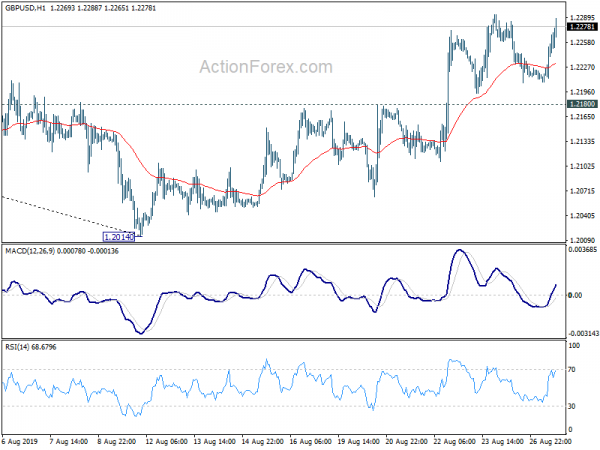
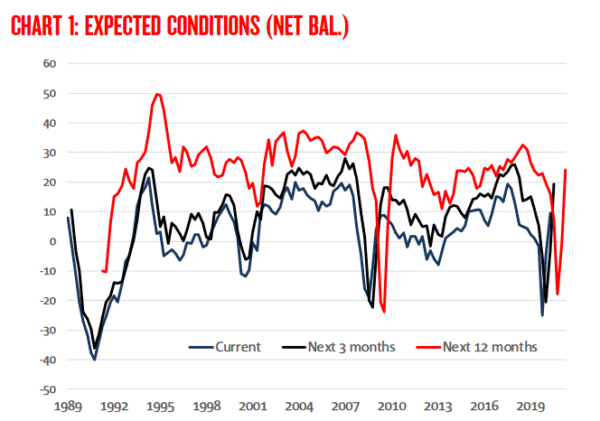
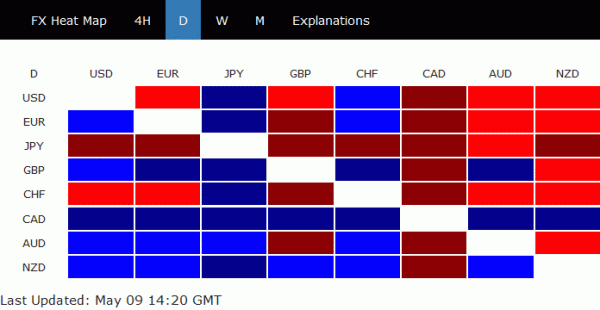
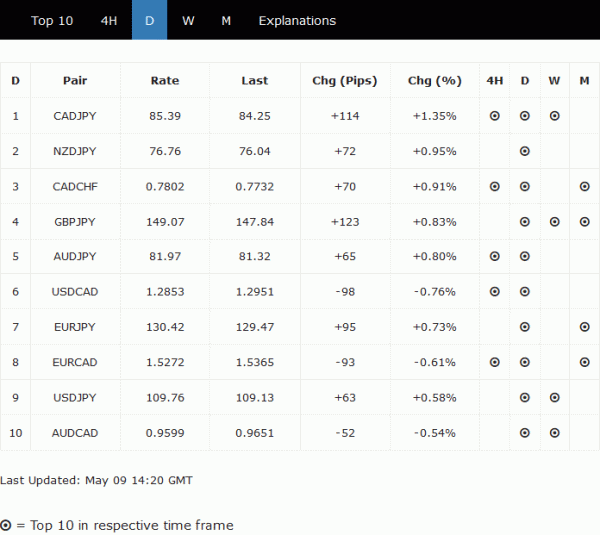
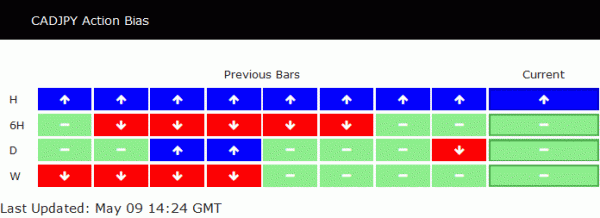
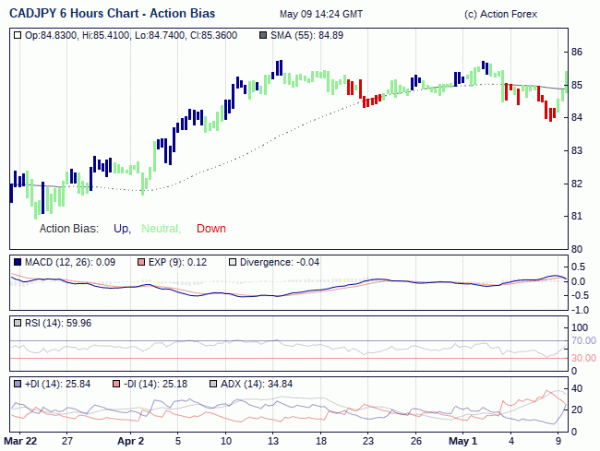
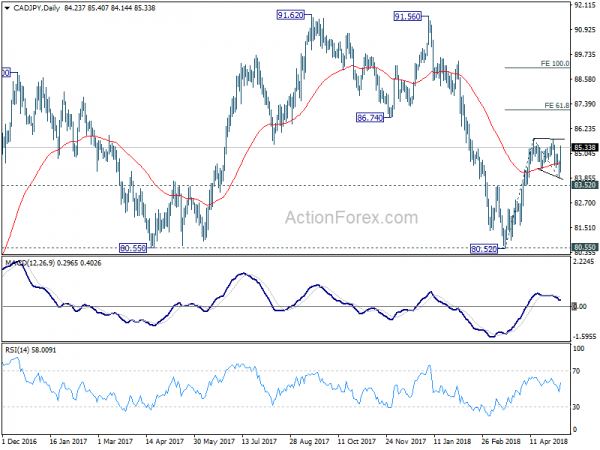
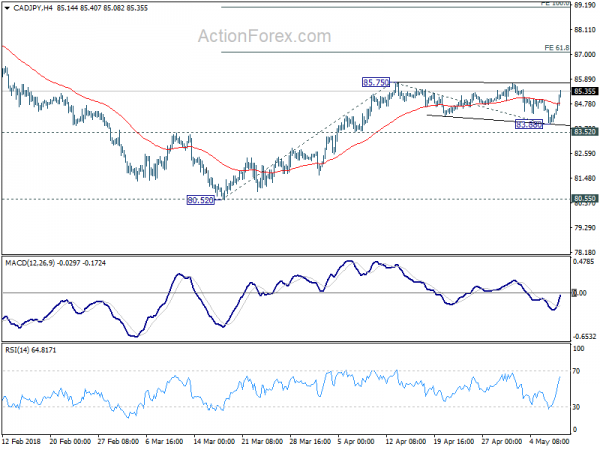

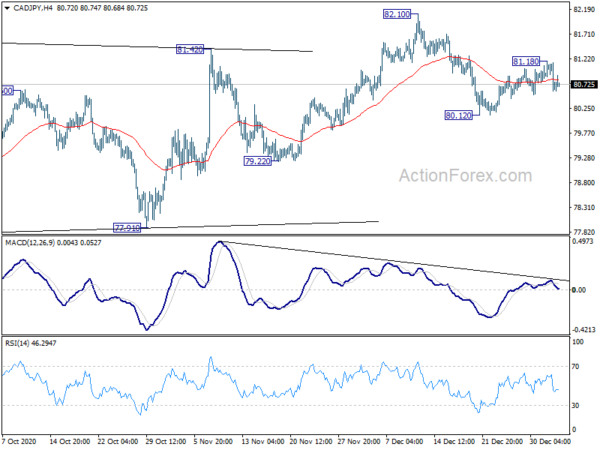
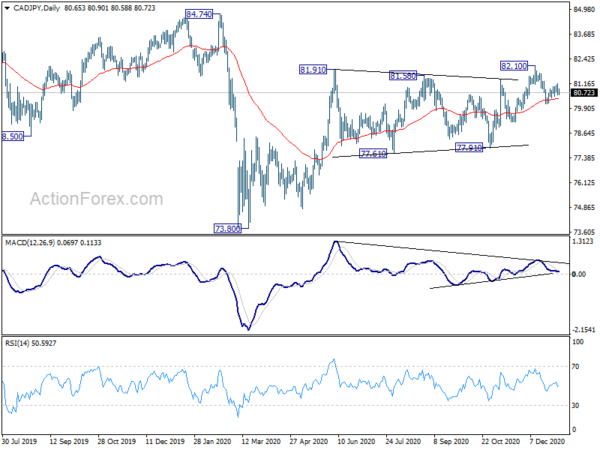
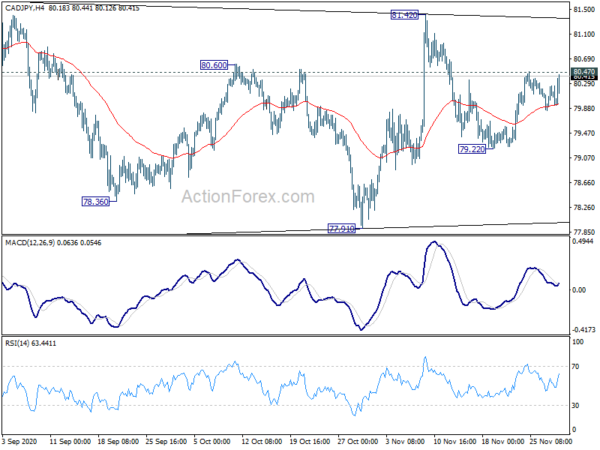
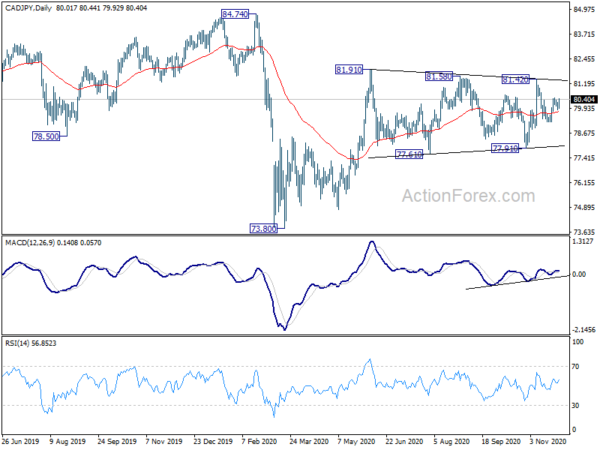
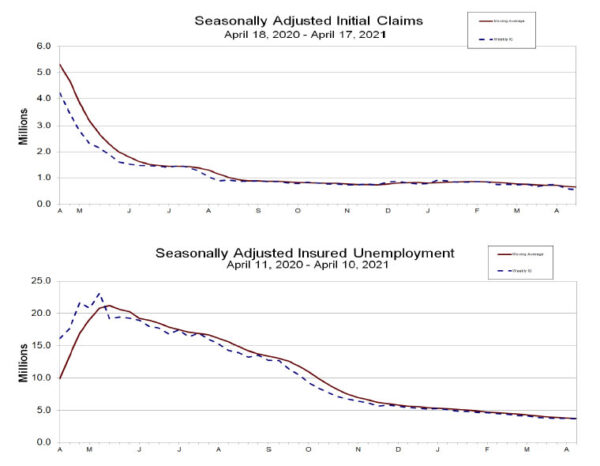
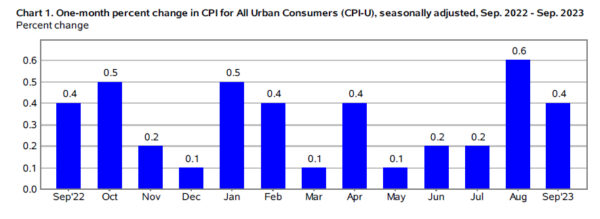
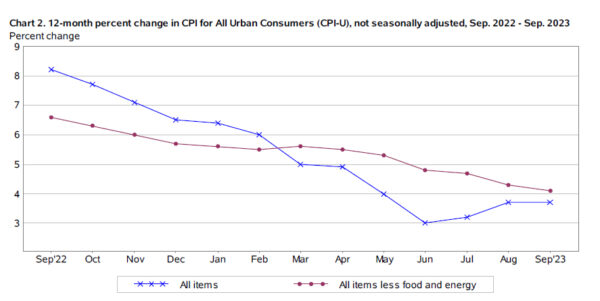
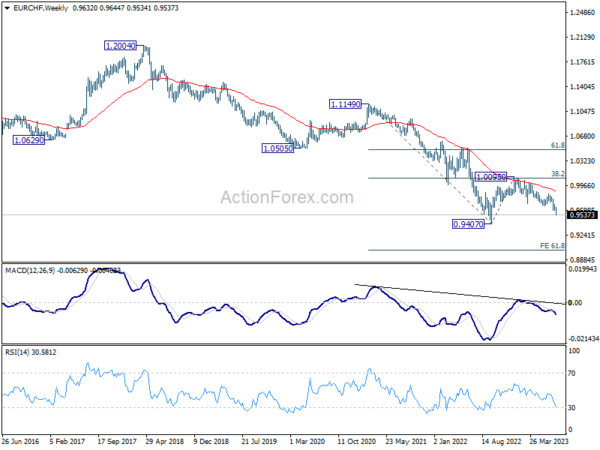
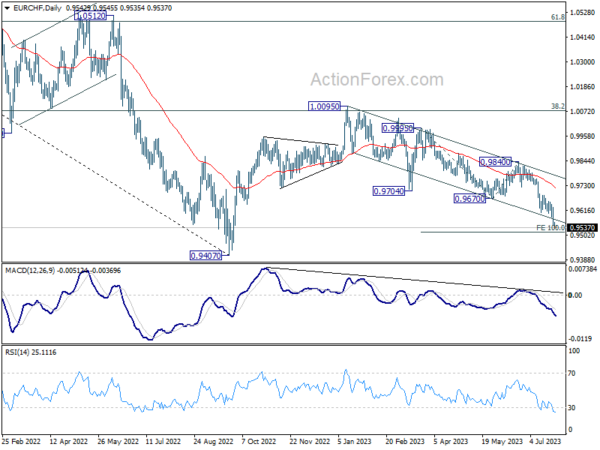
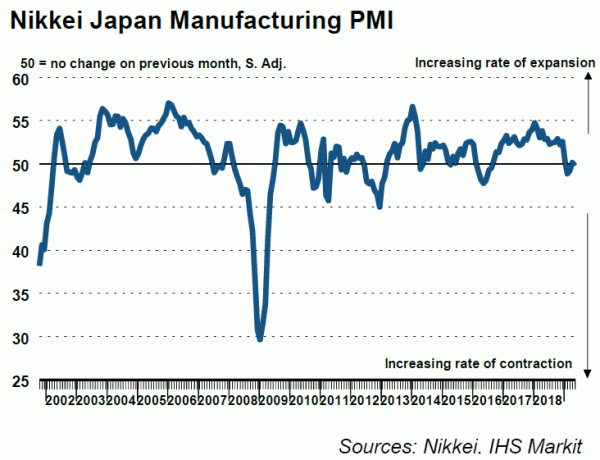

Canada GDP grew 0.2% in June, 0.9% in Q2
Canada GDP grew 0.2% mom in June, above expectation of 0.1% mom. That’s also the fourth consecutive month of expansion. Growth in 17 of 20 industrial sectors more than compensated for a decline in manufacturing. Goods-producing industries declined 0.2% as a result of lower manufacturing, largely offsetting the growth in May. Services-producing industries were up 0.3%.
For Q2, GDP grew 0.9% qoq, after just 0.1% growth in each of the previous two quarters. This growth was led by a 3.2% rise in export volumes, while final domestic demand edged down (-0.2%). Expressed at an annualized rate, real GDP advanced 3.7% in Q2.